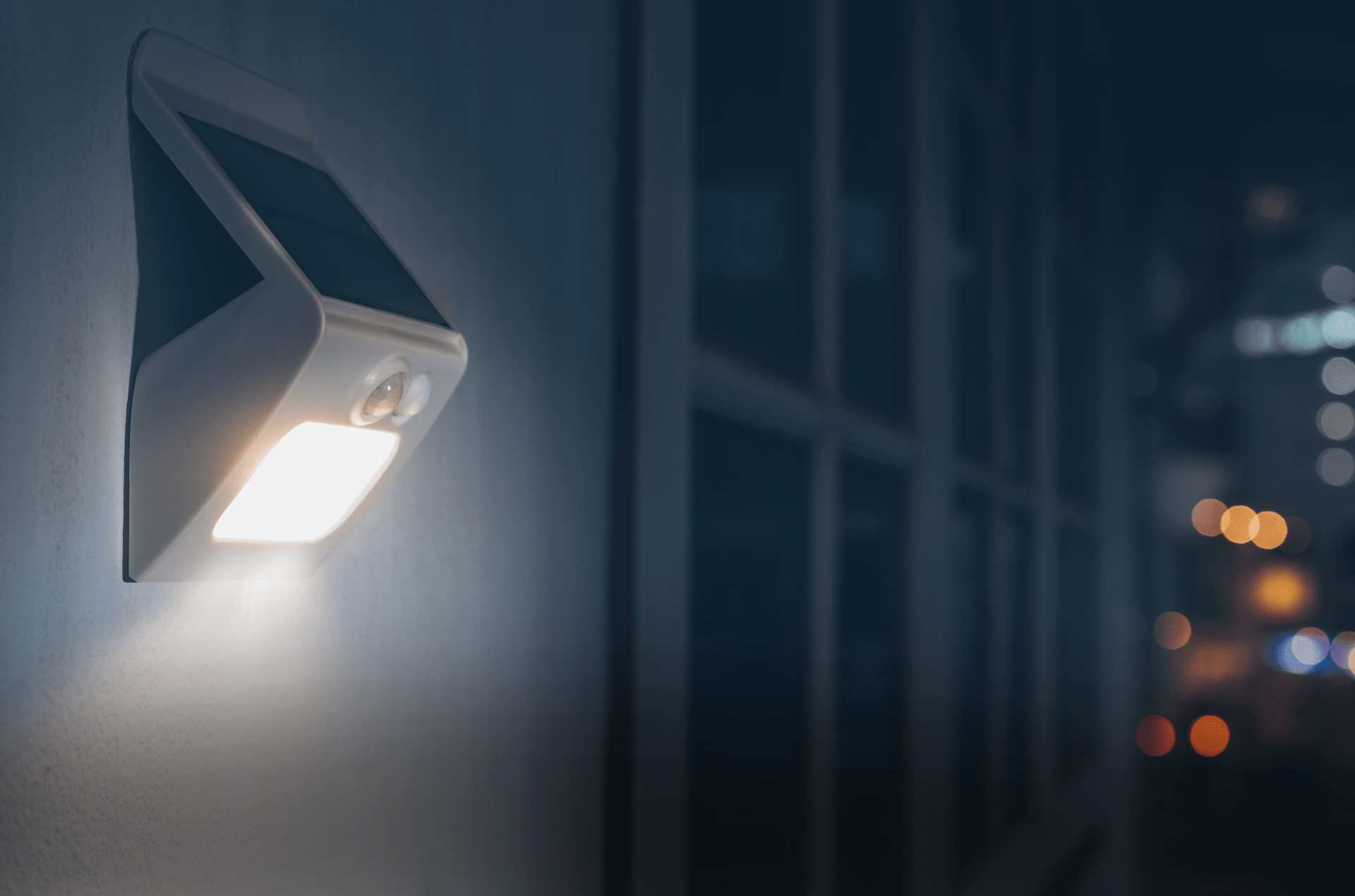
Menu

The Analog Ambient Light Sensor is an essential component for lighting automation, energy-efficient building systems, and smart home technologies. This device is designed to detect the intensity of ambient light, providing precise measurements for applications like light harvesting, HVAC control, and shading automation. It’s a powerful tool for developers and engineers working on projects requiring light level detection and control.
One of the standout products in this category is the NS111 Analog Ambient Light Sensor, which excels in functionality, ease of integration, and adaptability. This article will explore its features, capabilities, and applications while providing guidance on how to use it with popular platforms like Arduino.
Key Features of the Analog Ambient Light Sensor
Applications of the Analog Ambient Light Sensor
Technical Specifications of the NS111 Light Sensor
Feature Details
Field of View 360 degrees
Output Modes Analog (continuous) / Digital
Sensitivity Settings High / Medium / Low (adjustable)
Operating Voltage 3.3V – 5V
Applications Indoor and outdoor environments
Why Choose the Analog Ambient Light Sensor from Nexgen Sensors?
At Nexgen Sensors, we offer a curated selection of high-quality ambient light sensors designed for precision and versatility. The NS111 Light Sensor stands out for its reliability and adaptability, making it a trusted choice for engineers and hobbyists alike.
Key benefits include:
• Comprehensive datasheets for detailed technical guidance.
• Affordable pricing and bulk order options.
• Expert customer support to help you integrate the sensor into your projects.
Conclusion
• The Analog Ambient Light Sensor is a versatile and reliable tool for a wide range of applications, from smart lighting to energy-efficient building systems. Whether you’re working on a DIY project with Arduino or developing advanced automation solutions, the NS111 Light Sensor from Nexgen Sensors offers the performance and adaptability you need.
• Browse our collection at Nexgen Sensors to find the perfect light sensor for your next project!

Get the latest updates and exclusive offers by subscribing to our newsletter!
Email: info@nexgensensors.io